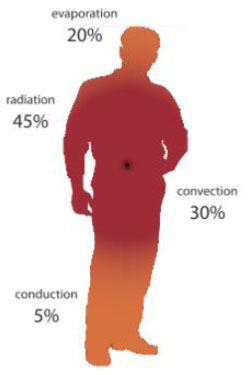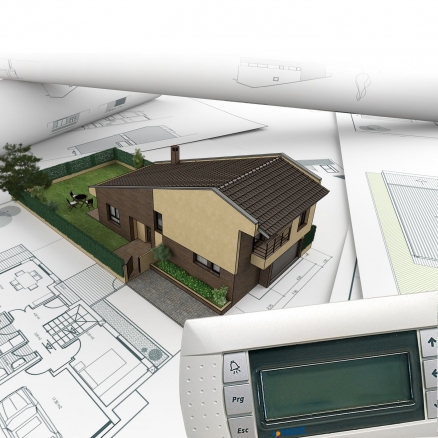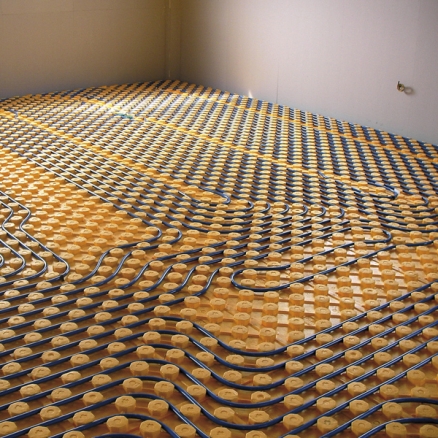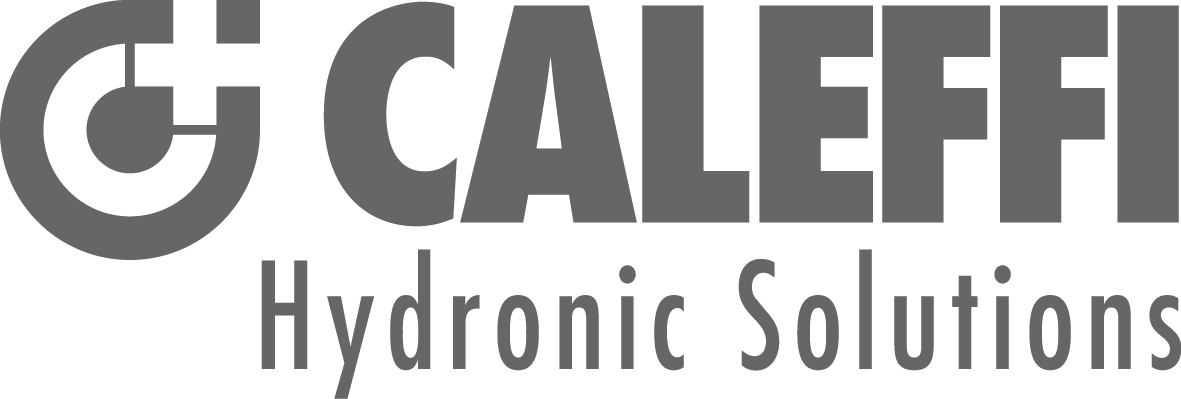Radiant floor heating and cooling systems combined with smart control technology have been proven to reduce up to 50% of the operating costs of conventional air conditioning systems with improved indoor comfort, providing long terms energy cost savings and lower maintenance.
“Setting your air con to 25C in summer could save billions”
At Radiant Heating and Cooling Solutions, We Set Ourselves Apart
Our mission is to offer the latest technological advances in hydronic climate control solutions.
Learn moreNews
View allLet's work together
We work with stakeholders at all levels and engage with consultants, architects, engineers, homeowners, building contractors and tradesman.
Enquire now



















